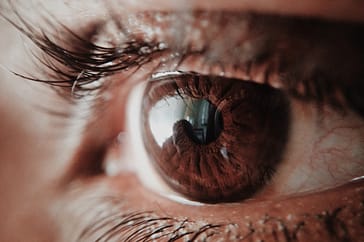We rely primarily on three systems to tell us where we are in space and in relation to gravity. Basically, they keep us from falling over!
Visual System
One of those systems is our vision. Have you ever been parked in your car and slammed on the brakes because the car next to you started to move? Nothing else changed except your visual perception, which made it appear you were moving. As a result, your body reacted. These reactions are constantly happening on a smaller, subconscious level as we negotiate our environment. Don’t believe me? Try balancing on one foot. Now, try that again, but close your eyes. Once we take away the visual input, balancing is much harder.

Somatosensory System
Another way we balance is with our somatosensory system. This system is the information we get from our body of where we are in space, primarily our feet. All of our joints have specialized nerves in them that tell our brain their position relative to a surface. There is a high density of these nerves in your ankles. To experience the somatosensory system in action, try again to balance on one foot. Notice how much harder your ankle is working, with little micro adjustments, to balance when you have only one foot on the floor instead of two. That’s because you’ve reduced your “somatosensory input” by reducing the amount of contact you have with the ground. Just like our vision, our somatosensory system is constantly sending signals to our brain and making micro adjustments based on where we are relative to a surface. This is happening whether we are standing, sitting, lying down, doing a handstand, walking or running.

Vestibular System
The third system in our body that keeps us from falling over is our vestibular system. This system is usually the hardest to understand because we can’t see it, and we don’t notice that it is working. However, when it is not working, we really feel it.
The vestibular system is a small organ that lives deep to the ear, and you have one on each side. It is often referred to as the “inner ear” for its location, but you cannot get to it from your ear because it is separated by a membrane (the ear drum). It shares a nerve with the part of your body that manages hearing, called the cochlea.

The vestibular system consists of three semi-circular canals that are filled with fluid. When we move our head, this fluid is displaced. This displacement activates nerves within the vestibular organ and sends a signal to your brain with information about which direction your head is moving and how to adjust your eyes to account for this. This is a crucial function for daily activity. Think about walking. When we are walking, our head is constantly bobbing up and down with each step. However, we do not perceive this because of the vestibular system communicating with your eyes to account for this.
When Systems Fail
These three systems, visual, somatosensory, and vestibular, all have to work together. When they don’t, we can feel dizzy, off balance, or “not quite right.”
The system that is usually affected in feelings of dizziness is the vestibular system. A common cause of dizziness is called benign paroxysmal positional vertigo, or BPPV for short. This is when a small crystal of calcium-carbonate becomes displaced from another region of the vestibular organ and ends up in one of the fluid-filled, semicircular canals. Because the inertia of the crystal is greater than that of the fluid, the brain and eyes receive a signal that you head is still moving when actually it has stopped. Therefore, this type of dizziness usually occurs with head movements and creates a spinning sensation. It can be very uncomfortable, and is treated by a maneuver that positions the crystal back to its original location. Crystals can become dislodged during a head trauma. Also, as we age the crystals do not adhere as strongly to their original location and can come loose all on their own.
The vestibular system can also be damaged by a virus. Usually, someone who has this issue had a stomach virus or head cold up to two weeks before they started feeling dizzy. This person also gets dizzy with head movements due to the virus affecting the nerve that sends information from the semicircular canals to the brain, body and eyes.

When our vestibular system is damaged or not functioning as well, we rely more heavily on other systems of balance, usually our vision. We usually don’t rely as much on our somatosensory system because in our day to day we are far more used to using our eyes to stabilize (computer work, driving, watching TV) than we are to using our somatosensory system (walking on uneven surfaces, balancing, crawling). This can make us feel dizzy when we are in an environment with lots of visual stimulus, or make us feel off balance or dizzy when we are in the dark or low light. After a while, we might notice that our neck becomes stiff, because we also avoid head movements that may make us feel dizzy.
Our bodies and brains are extremely good at compensating, but we can only compensate for so long. For individuals who have dizziness or imbalance and try to “just deal with it,” their problems often become worse as the compensations only grow stronger. This is because your body will always take the path of least resistance, which means it will always preferentially use the systems that are already strong (usually vision) and therefore the ones that are weak (vestibular and somatosensory) become weaker and weaker. This creates an imbalance that affects us negatively in many ways, because there are many moments in life we need all three systems to be working well and harmoniously.
So what to do if you suspect your balance systems are, well, out of balance? The best thing to do is to strengthen those that are weak. You can do this by performing balance activities with eyes closed, or incorporating head motion into your activities. This way you will stimulate the somatosensory and vestibular systems, and with eyes closed the visual system will not be able to take over.




